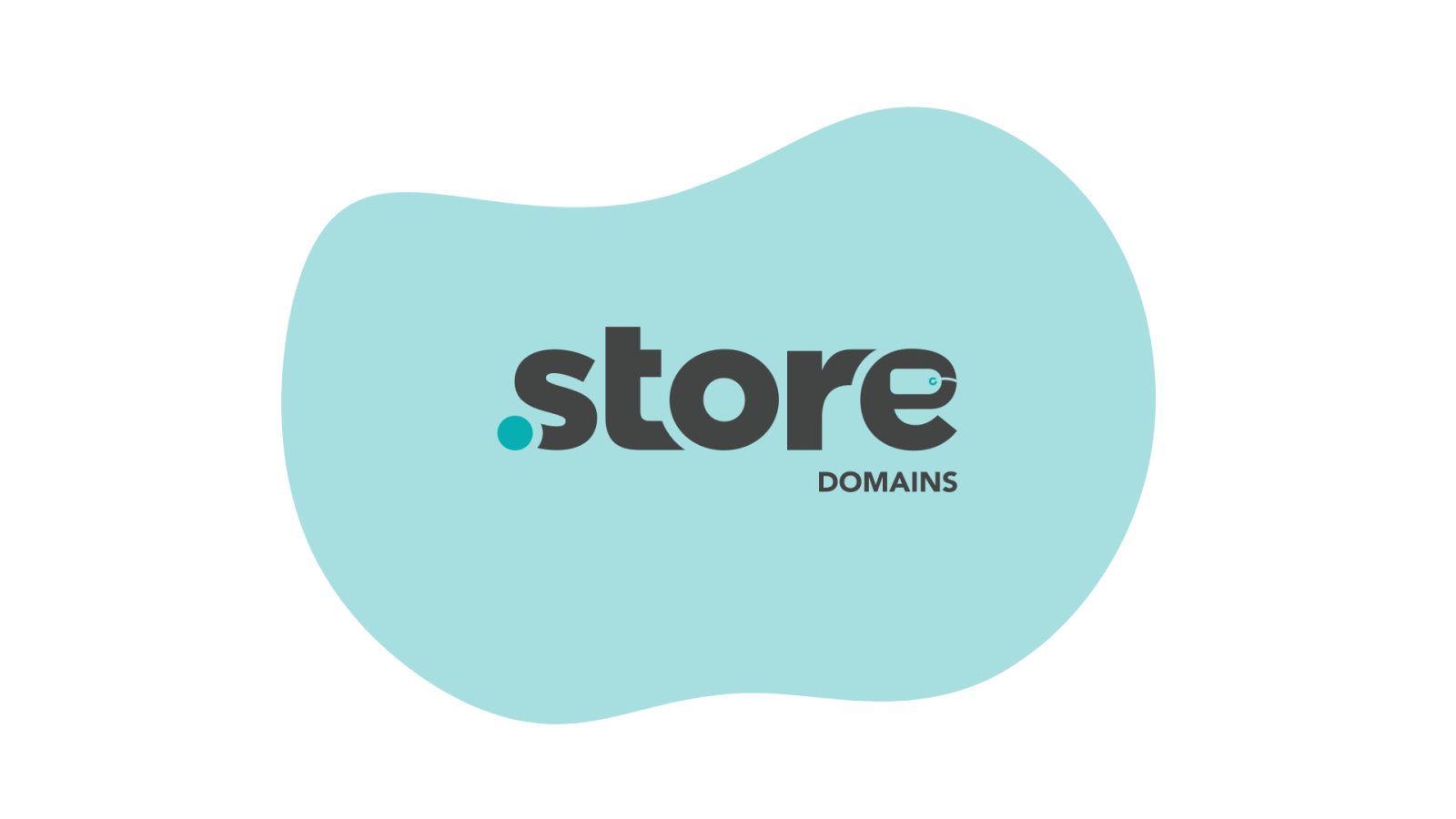As a leader in the eCommerce industry, you should take advantage of every lead generation tool at your disposal. While you might not have given it much thought, you stand to gain leads and even convert visitors into customers by writing amazing eBooks for eCommerce.

In fact, eBooks can be an essential part of your eCommerce lead generation strategy and they can even help you elevate your brand’s visibility, authority, and trust in the oversaturated world of eCommerce.
eBooks serve as a unique content type that acts as a “lead magnet”, which is a digital product that you offer to your customers for free or in exchange for something like an email address, allowing you to build an email list.
As you might have guessed, lead magnets such as eBooks can help you build a promising email list. But you’ve got to do it right.
Here are the five tips to use eBooks to boost your eCommerce lead generation strategy as a whole.
1. Research The Market Of eCommerce eBooks
To create successful lead magnets such as engaging eBooks, you first have to conduct thorough market research. Your goal is to find out exactly what your target demographic is looking for online, what kind of problems they are facing, and how you can help them achieve their goals using your digital products.
Firstly, find out what keywords your visitors are using to find your blog posts and all other relevant content. These long-tail keywords can serve as great topic suggestions or a foundation for your eBook, or even a series of eBooks.
You can also turn your existing blogs and old blog topics into free eBooks that will provide your audience with actionable, in-depth information. Make a list of your popular blog posts (as well as the most popular posts from your competitors) to commit to writing an eBook on the most pressing questions.
Lastly, consider running an online survey that will allow your website visitors and social media followers to vote on the topics they want to be explored in the eBook.
2. Follow The Right eBook Structure
Unlike potential customers from other industries or areas of interest, the Ecommerce customer wants a quick solution to their problem, and they’re not typically keen on reading exhaustive pieces. Instead, they love content that gets straight to the point.
This is why successful eBooks for eCommerce should follow the right structure to keep audiences engaged throughout. When you’ve decided on your structure, you can move the project along and find a designer that will transform the structure into a visually-appealing eBook.
Your eBooks need to have a brief introduction that is punchy and relevant to the reader – otherwise, they’ll skim right through it. Be sure to include a clickable table of contents as well, and add a little backstory to your eBook to tell people how it came to be. Include an ‘About the Author’ section at the end.
3. Focus On Amazing Visuals
Moving on to design, the visuals of the eBook can play a vital role in its long-term success. Quite simply, the visual identity of the product needs to complement the visual identity of your entire brand, and the illustrations you create should serve an aesthetic as well as a functional purpose.
To achieve this, eCommerce leaders often work closely with experienced designers such as Infostarters for epublishing solutions that weave the brand’s identity into the design of the eBook, while at the same time conveying the information in a visually captivating manner.
To ensure your eBooks for eCommerce become as successful as possible, designers should use minimalist color schemes and responsive, clear-cut designs that will guide the reader on a journey, and make the content easy to consume.
4. Write Valuable Content That Is Well-Optimized
Speaking of content creation, the stories, information, and messages you put in your eBooks need to be relevant, verifiable, and easy-to-understand. Forget about complex semantics and structures, instead, opt to write copy that is clear, concise, and to the point.
Avoid writing in a passive voice, double-check the content for any grammatical errors or spelling mistakes, and put the reader and your solutions first throughout the book.
Before publishing, make sure to have a professional proofreader go through your book one last time – your reputation depends on it.
5. Promote The eBook
On a final note, if you want to use eBooks for eCommerce as a lead generation tactic, you have to promote it across all relevant online channels. This includes your website, yes, but also your social media.
In fact, promoting your eBooks on social media is one of the best ways to spread the word of this amazing new piece of content you’re handing out for free.
By engaging with your audience through meaningful conversation and answering every comment and question, you can easily incentivize them to visit your site and grab their free eBook that will solve their problems.
If you’ve followed the tips we talked about, your eBook will even convert them into paying customers.
Wrapping Up
Lead generation is a constant struggle for growth-oriented online stores, however, making eBooks for eCommerce might just make the job easier in the long term. Follow the steps above, and leverage the power of eBooks to drive traffic to your site, boost brand visibility, and ultimately improve conversions.

Author: Lauren N. Wiseman
Bio: Lauren is a regular Bizzmark Blog author that has many articles published with the main focus on clients who want their brands to grow in the fast-changing and demanding market. Her personal favorites are successes of small businesses, startups, and entrepreneurs. She goes through life with one strong moto – Kindness, always.







